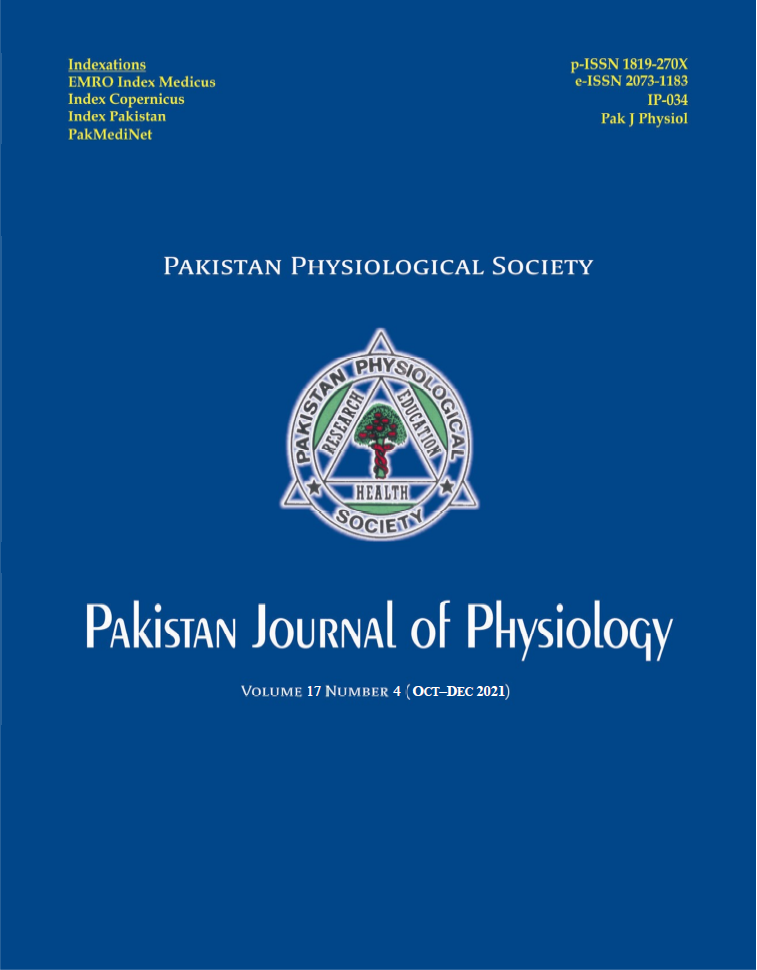FREQUENCY OF ANTIMICROBIAL RESISTANT GENES IN E. COLI STRAINS PRESENT IN EFFLUENTS OF PHARMACEUTICAL INDUSTRIES IN PESHAWAR
DOI:
https://doi.org/10.69656/pjp.v17i4.1324Keywords:
sul1, dfrA1, tetA, tetB, ermB, antimicrobial resistance, PeshawarAbstract
Background: The intense use of antimicrobial agents for the treatment of different infections resulted in bulk manufacturing of antimicrobial drugs by the pharmaceutical industries. The wastewater of these industries contains traces of raw form of antimicrobial agents which drains into sewerage system of the area, the exposure to which results in the development of resistant microbes. The goal of our study was to determine the frequency of antimicrobial-resistance genes (ARGs) in E. coli present in effluents of pharmaceutical industries in Hayatabad Industrial State, Peshawar. Methods: In this qualitative analysis 5 wastewater samples each were obtained from effluents of 5 different pharmaceutical industries situated at Hayatabad Industrial Estate, Peshawar. E. coli in these effluents was cultured and identified through biochemical tests and Gram staining. DNA was extracted and ARGs such as sul1, dfrA1, tetA, tetB and ermB were analyzed through Polymerase Chain Reaction (PCR). The results were tabulated in Microsoft Excel 2016. Results: E. coli were detected in the samples with citrate utilization and indole and triple sugar iron tests. The effluents contained resistant strains of E. coli which have developed ARGs against major antibacterials such as sul1 for sulfonamides (84%), dfrA1 for trimethoprim (80%), tetA and tetB for tetracyclines (80%) while ermB for erythromycin (72%). Conclusion: The wastewater effluents of pharmaceutical industries may be one of the major sources of development of ARGs in microbes.
Pak J Physiol 2021;17(4):23?6
Downloads
Downloads
Published
How to Cite
Issue
Section
License
The author(s) retain the copyrights and allow their publication in Pakistan Journal of Physiology, Pak J Physiol, PJP to be FREE for research and academic purposes. It can be downloaded and stored, printed, presented, projected, cited and quoted with full reference of, and acknowledgement to the author(s) and the PJP. The contents are published with an international CC-BY-ND-4.0 License.











